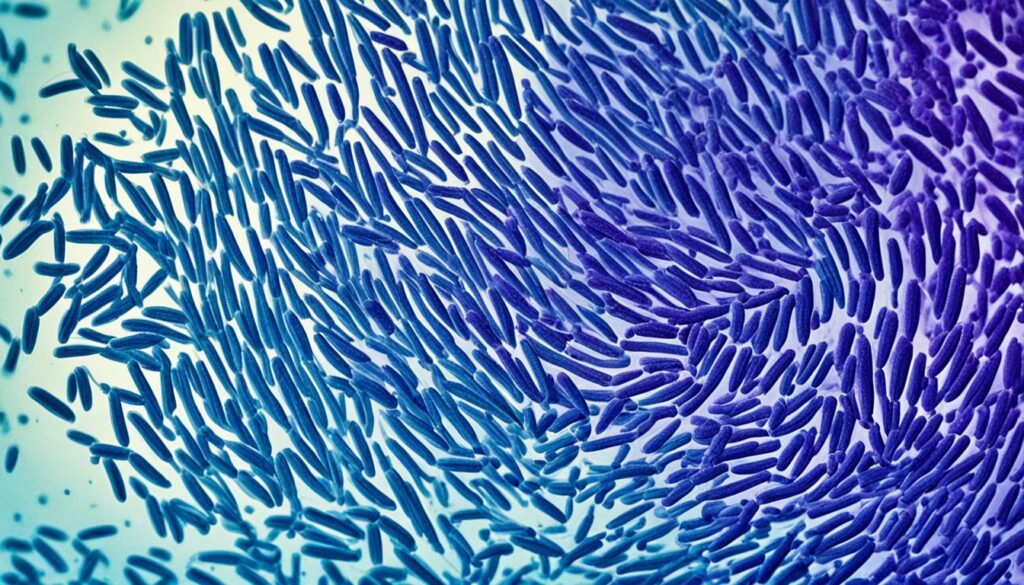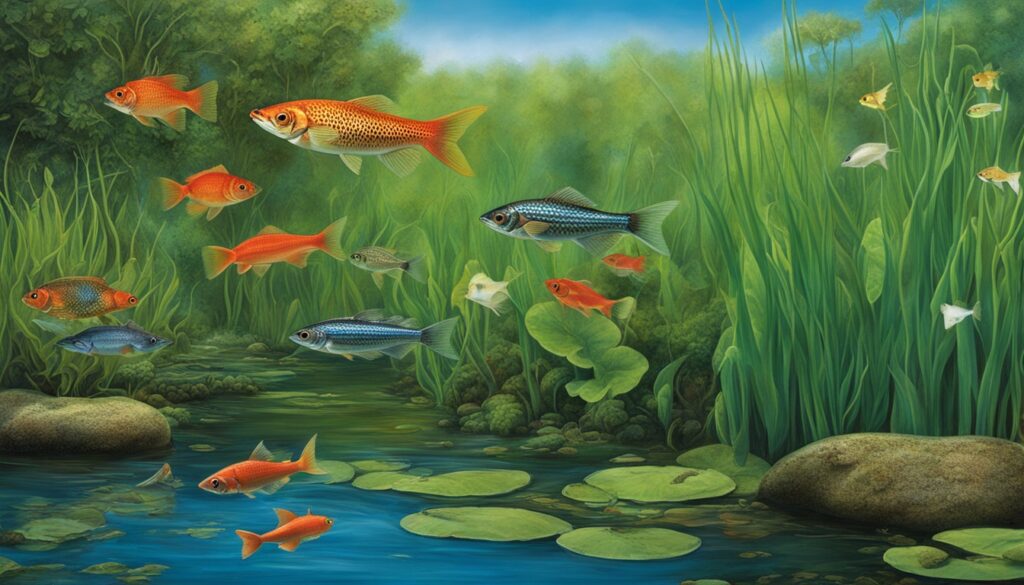Freshwater Ich, or white spot disease, can seriously wreak havoc in an aquarium. Caused by the parasite Ichthyophthirius multifiliis, it’s a nightmare for both beginners and seasoned fishkeepers. The disease shows up as tiny white spots on a fish’s skin and fins, and once you notice them, it’s already spreading fast.
The tricky part is that pretty much any freshwater fish can catch this infection. That’s why it’s crucial to catch and treat it early. Even a small shift in water temperature can trigger a major outbreak, so understanding how to manage and prevent Ich is super important.
Prevention is definitely the best way to keep Ich at bay. Simple things, like quarantining new fish before adding them to your main tank and keeping water conditions stable, can make a huge difference. If you skip these steps, though, Ichthyophthirius multifiliis can quickly wipe out your fish.
At the end of the day, knowing how to prevent ich is your best line of defense. Being proactive about it helps stop outbreaks before they even begin, keeping your tank safe and your fish happy.
Freshwater Ich Explained

Freshwater ich, or white spot disease, is a super common parasite that affects freshwater fish all over the world. You can spot it pretty easily—it shows up as tiny white dots on the fish’s body and gills. This parasite can be a serious threat to the health of your fish if not dealt with quickly.
What makes this parasite tricky is that it needs a live fish host to survive and complete its life cycle. If you don’t treat it in time, an outbreak can spread fast. The parasite itself is about 0.5 to 1.5 mm in size, so it’s visible to the naked eye, which helps with spotting it early.
For aquarium owners, being aware of ich is super important. It spreads quickly and doesn’t rely on other hosts, meaning it can easily become an epidemic in a tank if ignored.
Preventing ich is all about good tank management. Regular water changes, avoiding overcrowding, and quarantining any new fish before introducing them to the tank can go a long way in keeping ich at bay. If an outbreak does happen, treatments like Ich-X or even a salt bath can help, especially if you catch it early.
Managing freshwater ich is a key part of keeping a healthy aquarium. Staying informed and proactive helps maintain a balanced, thriving tank, ensuring your fish are happy and your aquarium looks great.
The Life Cycle of Ichthyophthirius Multifiliis

The life cycle of Ichthyophthirius multifiliis plays a huge role in fish health and survival in aquariums, so it’s crucial to stay alert and act fast. Understanding the different stages—from the trophont, to the tomont, and then the theront—makes all the difference when it comes to managing and controlling this parasite.
The On-Fish Feeding Trophont Stage and Its Effects on Fish Health
The trophont stage is when the parasite first attaches to the fish, feeding on its skin and gills. This stage is particularly harmful, as it damages the fish’s ability to breathe and can severely impact overall health. Left untreated, it weakens the fish and can lead to other health issues.
The Environmental Tomont Stage
Once the parasite finishes feeding, it drops off the fish and enters the tomont stage, where it encysts in the tank’s substrate. In this stage, the parasite multiplies and can quickly create new parasites, putting the entire tank at risk. The problem here is that these tomonts are tough to treat since they’re protected in the cysts, making it a difficult stage to manage with typical treatments.
The Infective Theront Stage and Its Treatment Window
The theront stage is the parasite’s infective stage, but it’s also the shortest. During this time, the theronts swim freely, searching for a new host. This is when treatments like copper sulfate are most effective. Treating during this brief window is crucial, as it’s the best chance to stop the parasite from reattaching to fish and returning to the harmful trophont stage.
Being aware of these stages and acting at the right time is key to controlling Ich and protecting your fish from serious harm.
Stage |
Duration |
Temperature Dependency |
Treatment Efficacy |
|---|---|---|---|
Trophont |
Varies |
68°F to 77°F |
Low |
Tomont |
Up to 7 days at 77°F |
5-6 °C to 25 °C |
None |
Theront |
4-6 hours at 77°F |
High at 85°F |
High during window |
Understanding the Ich life cycle and its stages is key to controlling it in aquariums. This knowledge helps keep the aquarium healthy and the fish thriving.
Symptoms of Ich Infection in Aquarium Fish

Knowing how to spot ich symptoms in your fish is key for good aquarium care and keeping your fish healthy. The main sign of white spot disease is small, white spots on the fish’s skin and fins. These spots look like grains of salt.
Before you see the white spots, your fish might act differently. Early signs of fish disease include:
- Frequent scratching against tank objects, known as flashing
- More mucus production
- Feeling weak and eating less
- Being less active
- Severe infections might not show spots on the body but can be deadly.
Spotting white spots is not enough to confirm ich. Other diseases can look similar. So, it’s best to check gills and skin closely to be sure. Good aquarium care helps prevent and treat ich and other fish diseases.
Diagnosing Freshwater Ich in Your Aquarium
As an avid aquarium enthusiast, I know how important it is to keep our fish healthy. Diagnosing ich in freshwater fish is key to good aquarium care. It requires careful attention and specific steps.
To spot ich, look for tiny, salt-like spots on your fish. But, you must confirm it with a microscopic examination.
Collecting and Examining Skin, Gill, and Fin Samples
To find out what’s causing the fish disease, you need to take skin and gill biopsies. Here’s how to do it safely:
- Skin Scrape: Use a blunt scalpel to gently scrape the fish’s skin. This gets you mucus and skin cells that may have parasites.
- Gill Biopsy: Take a small piece of the gill filaments. Be very careful because gills are delicate.
Put the samples on a microscope slide in tank water for a close look at parasitic forms.
Appearance of Parasitic Forms Under the Microscope
Under the microscope, you’ll see the signs of freshwater ich. Mature ich trophonts look big and dark, oval with a C-shaped macronucleus. Theronts are smaller and move fast. Knowing how to tell them apart is important for a right diagnosis.
Looking closely under the microscope is key. Each stage of ich shows up differently, showing their unique looks and actions.
Understanding these details helps you diagnose ich right. It also helps you choose the right treatment to keep your aquarium healthy.
Fish Disease |
Diagnostic Method |
Key Identifiers |
|---|---|---|
Freshwater Ich |
Skin scrape and gill biopsy |
White granular spots, c-shaped macronucleus |
Columnaris |
Visual inspection |
Grayish-white film, ulcers |
Dropsy |
Observation of physical symptoms |
Swelling of the abdomen, lethargy |
Fin Rot |
Observation and water testing |
Frayed or disintegrating fins |
Getting good at diagnosing ich means you can act fast. This helps stop big outbreaks and keeps your aquarium healthy.
Preventive Measures Against Ich Outbreaks
In my experience, keeping ich at bay is all about prevention, especially since so many aquarium owners—about 11.9 million American households—face this challenge. Ich can complete its life cycle in just a week when the water is warmer, which means regular monitoring and proactive care are absolutely essential for any aquarium.
Quarantine Protocols for New Aquatic Additions
One of the best ways to prevent ich is through strict quarantine protocols for any new fish. Experts recommend isolating new additions for at least 30 days to catch potential parasites early. During this time, it’s important to keep a close eye on the fish for any signs of disease. Setting up a separate 20-gallon quarantine tank can be a lifesaver, preventing a single infected fish from turning into a full-blown outbreak in your main tank.
Best Practices for Biosecurity in Aquatic Settings
Solid biosecurity practices can also make a big difference. UV sterilizers, like the Coralife Turbo-Twist, are great for killing harmful parasites and bacteria in the water. Make sure to clean any tools or gear before using them across different tanks, and always quarantine new plants and decorations before introducing them into your main setup. Keeping the water temperature between 76° to 80°F, avoiding overcrowding, and performing regular water changes will also go a long way in preventing ich outbreaks.
High water quality is crucial. Regular cleaning, maintaining efficient filtration, and using water treatments help create an environment where ich struggles to survive. Don’t forget to replace UV sterilizer bulbs every 10 months or after around 7,000 hours of use to keep them functioning effectively.
By staying on top of these practices, you can greatly reduce the chances of ich taking over your tank, keeping your fish safe and healthy.








